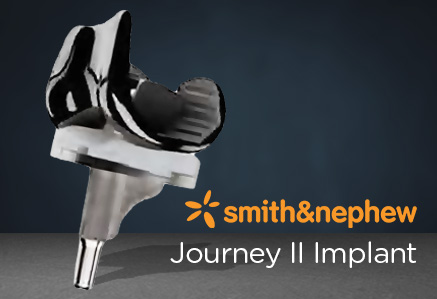Osteochondritis Dissecans
Osteochondritis dissecans (os-tee-o-kon-DRY-tis DIS-uh-kanz) is a joint condition in which bone underneath the cartilage of a joint dies due to lack of blood flow. This bone and cartilage can then break loose, causing pain and possibly hinder joint motion.
Osteochondritis dissecans occurs most often in children and adolescents. It can cause symptoms either after an injury to a joint or after several months of activity, especially high-impact activity such as jumping and running, that affects the joint. The condition occurs most commonly in the knee, but also occurs in elbows, ankles and other joints.
Cause
The cause of osteochondritis dissecans is unknown.
The reduced blood flow to the end of the affected bone might result from repetitive trauma — small, multiple episodes of minor, unrecognized injury that damage the bone.
There might be a genetic component, making some people more inclined to develop the disorder
Symptoms
Depending on the joint that’s affected, signs and symptoms of osteochondritis dissecans might include:
- Pain. This most common symptom of osteochondritis dissecans might be triggered by physical activity — walking up stairs, climbing a hill or playing sports.
- Swelling and tenderness. The skin around your joint might be swollen and tender.
- Joint popping or locking. Your joint might pop or stick in one position if a loose fragment gets caught between bones during movement.
- Joint weakness. You might feel as though your joint is “giving way” or weakening.
- Decreased range of motion. You might be unable to straighten the affected limb completely.
Diagnosis
Physical Examination & Patient History
During your first visit, your doctor will talk to you about your symptoms and medical history. During the physical examination, your doctor will check all the structures of your injury, and compare them to your non-injured anatomy. Most injuries can be diagnosed with a thorough physical examination.
Imaging Tests
Imaging Tests Other tests which may help your doctor confirm your diagnosis include:
X-rays. Although they will not show any injury, x-rays can show whether the injury is associated with a broken bone.
Magnetic resonance imaging (MRI) scan. If your injury requires an MRI, this study is utilized to create a better image of soft tissues injuries. However, an MRI may not be required for your particular injury circumstance and will be ordered based on a thorough examination by your Peninsula Bone & Joint Clinic Orthopedic physician.
Treatment Options
Non-Surgical
Treatment of osteochondritis dissecans is intended to restore the normal functioning of the affected joint and to relieve pain, as well as reduce the risk of osteoarthritis. No single treatment works for everybody. In children whose bones are still growing, the bone defect may heal with a period of rest and protection.
Therapy
Initially, your doctor will likely recommend conservative measures, which might include:
Resting your joint. Avoid activities that stress your joint, such as jumping and running if your knee is affected. You might need to use crutches for a time, especially if pain causes you to limp. Your doctor might also suggest wearing a splint, cast or brace to immobilize the joint for a few weeks.
Physical therapy. Most often, this therapy includes stretching and range-of-motion exercises and strengthening exercises for the muscles that support the involved joint. Physical therapy is commonly recommended after surgery, as well.
Surgical
If you have a loose fragment in your joint or if conservative treatments don’t help after four to six months, you might need surgery. The type of surgery will depend on the size and stage of the injury and how mature your bones are.
Conservative Treatment Options
Treatment Highlights






